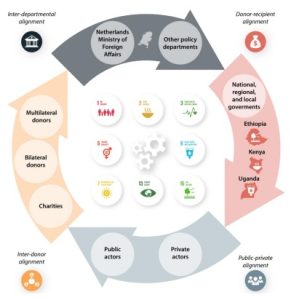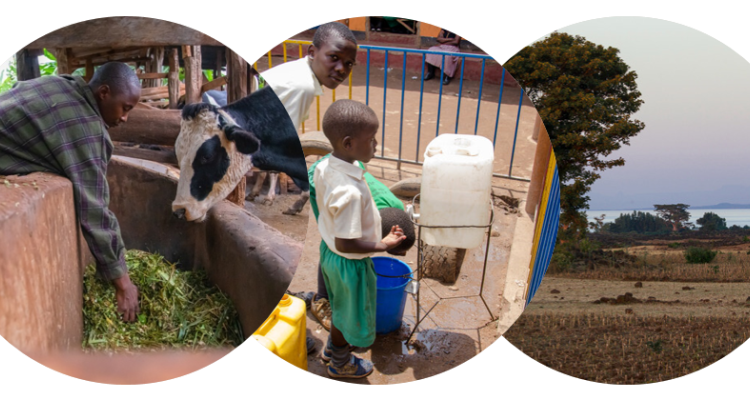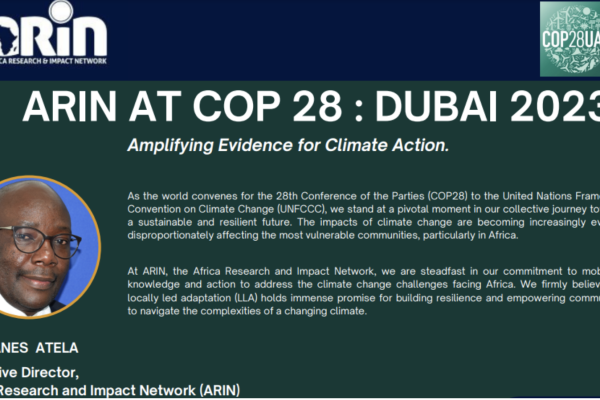This project aims to support inclusive and effective SDG implementation in East Africa by studying how SDG interactions can be better governed across sectors and levels. Governing SDG interactions is challenging, given that resources and responsibilities for different SDGs and SDG targets are fragmented across sectors and levels, resulting in governance gaps. The complexity of SDG interactions means both public and private sector actors risk cherry-picking some SDGs over others, ignoring trade-offs between different goals and missing opportunities for building synergies. When trade-offs are not addressed, progress in one SDG comes at the expense of progress in another SDG. When synergies are ignored, valuable opportunities are lost and resources wasted. This undermines the effectiveness of the indivisible SDG agenda, which seeks to reach all the goals simultaneously. Addressing trade-offs and building synergies between SDGs requires alignment between development actors and efforts that are driven by different priorities and interests. This project will study alignment mechanisms between public and private actors at different governance levels, with the aim to transform fragmented SDG governance into an inclusive and effective polycentric governance system that allows trade-offs to be addressed and synergies to be built between SDGs.

1. Inter-departmental alignment: addressing SDG interactions through aligning aid, trade, and investment policies, and policies of other ministries.
2. Donor–recipient alignment: addressing SDG interactions through aligning development assistance with the development strategies in the global South.
3. Inter-donor alignment: addressing SDG interactions through aligning development assistance with other bilateral and multilateral donors.
4. Public–private alignment: addressing SDG interactions through aligning public and private development initiatives.



Comments(2)
Candace Mack says:
February 25, 2024 at 10:17 amcertainly like your website but you need to take a look at the spelling on quite a few of your posts. Many of them are rife with spelling problems and I find it very troublesome to inform the reality nevertheless I will definitely come back again.
Gordon Gogo says:
May 21, 2024 at 4:21 pmThank you for your feedback,
Looking into that asap